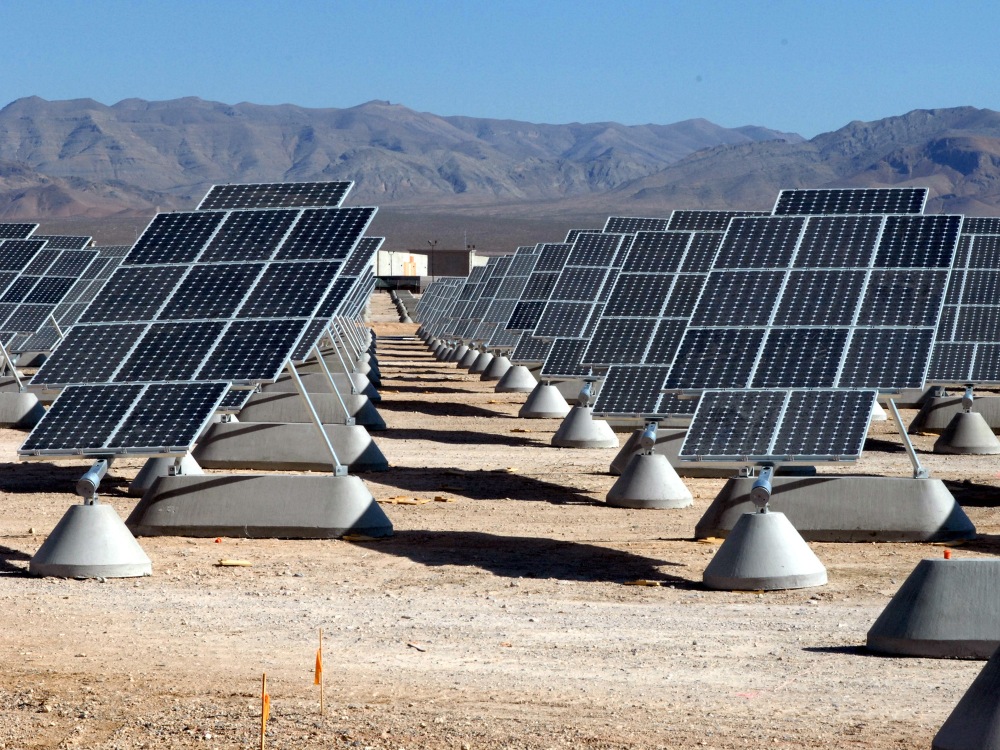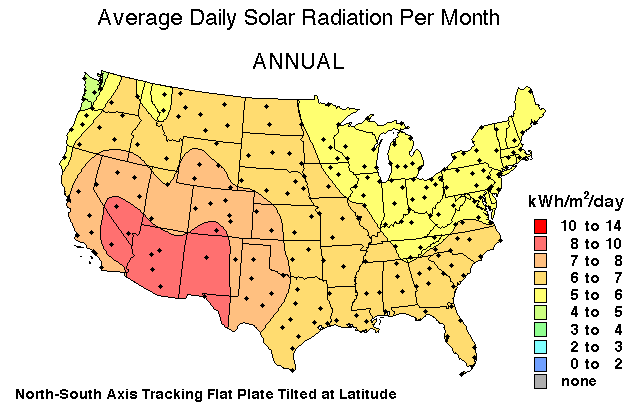The University of California Press in the department of Biological Sciences lay out some facts of the current operations that go on in the deserts of Southern California, particularly the Mojave Desert in their article Wildlife Conservation and Solar Energy Development in the Desert Southwest, United States. Though it does not cover much about the media affiliated with these activities, it does provide lots of factual and statistical information that is not normally mentioned in typical media. For instance, when discussing the debate of wildlife and habitat conservation versus the implementation of solar development, of all the peer-reviewed articles since 1991 “only 7.6% of all publications on the topic covered environmental impacts, only 4.0% included discussions of ecological implications, and less than 1.0% contained information on environmental risks.” Just by glancing at these numbers, anyone can see that this is clearly an issue that requires careful analysis on all the environmental costs along with all the benefits to society renewables and conservation of habitat bring to the table.
The Utility-Scale Solar Energy Development and Operations (USSEDO) is a major corporation in southwestern United States that was founded in response to the increased demand for an alternative energy source from fossil fuels. The southwestern United States has very high potential for this kind of renewable business and is already established in various areas. However, the risk potential for natural wildlife and habitat is also very high due to past anthropocentric damages and the habitat’s delicate recuperating nature. Therefore, despite the USSEDO being an environmentally-friendly alternative to conventional energy production systems, the implementation of such technology in these deserts can have a massive impact on a regional scale that are detrimental to the wildlife of the region, especially at the state that wildlife is rendered to today.
The USSEDO has yet to successfully implement any major solar infrastructure in any Southern California desert. However, based on past human disturbances and operations in natural habitats there are very many impacts that these sort of activities will have on wildlife (particularly the Agassiz’s desert tortoise, which is one of the most endangered and affected species living in these deserts), regardless of how “environmentally-friendly” of a corporation they are. The impacts the USSEDO are bound to include mortality of wildlife, destruction and modification of wildlife habitat, impacts of roads, off-site impacts such as transportation and processing of materials, electromagnetic field generation, microclimate effects, fragmentation of habitat, pollutants from spills, water consumption, light pollution and fire risks, along with many unanswered questions due to insufficient scientific data. Therefore, related to my past blog posts on the issue, there is a clash of interests, both for very environmentally conscious causes. However, there is insufficient data and information to determine whether the USSEDO’s operations would in fact be less environmentally costly and more socially beneficial than leaving the habitat to slowly naturally recuperate.
Conclusively, this article has done a much better job of laying out the necessary information needed to determine whether corporations should enter the southern California deserts. The main question revolving around this dispute is whether efficient energy production corporations such as the USSEDO can interpret the minimization of costs and the maximization of benefits to society, two factors that are not mutually exclusive, and see whether they are responsible enough to acknowledge that their business may actually be environmentally harmful overall. “Renewable energy sources are not the panacea they are popularly perceived to be; indeed, in some cases, their adverse environmental impacts can be as strongly negative as the impacts of conventional energy sources”


